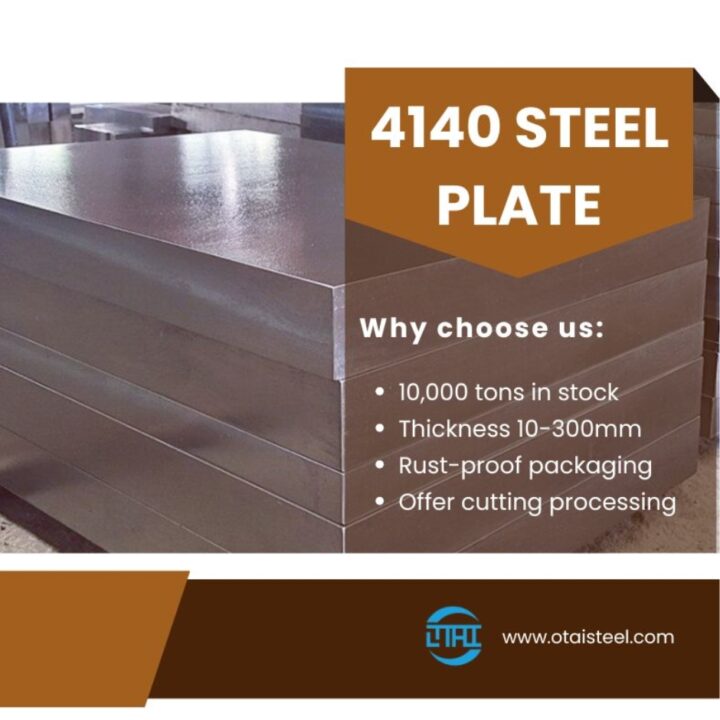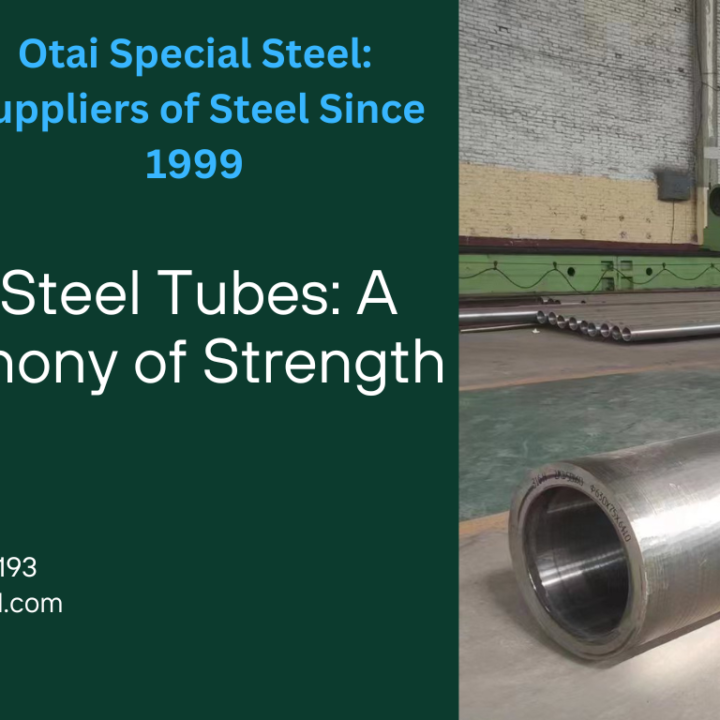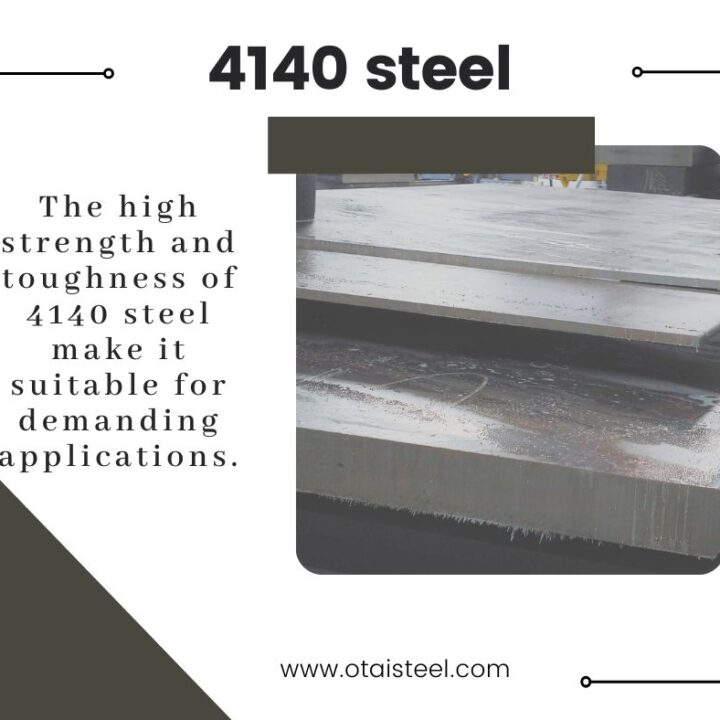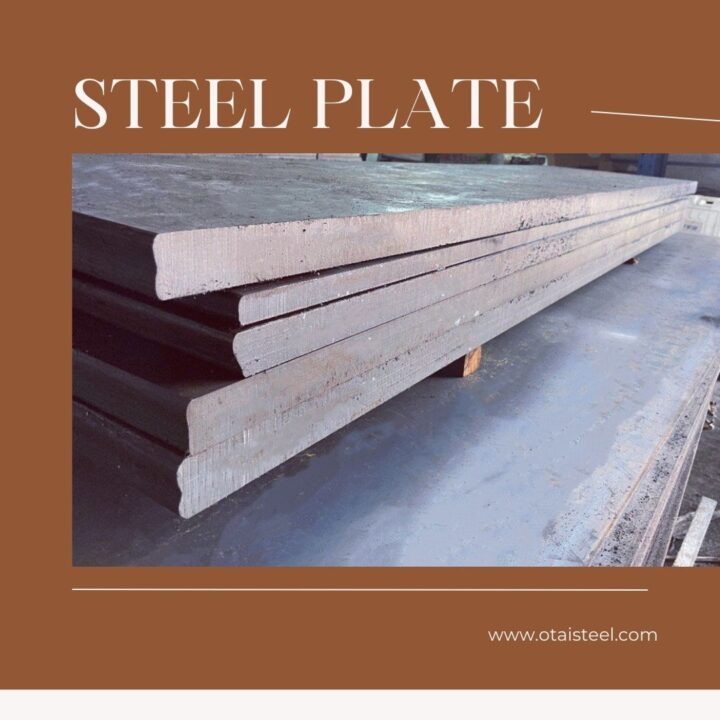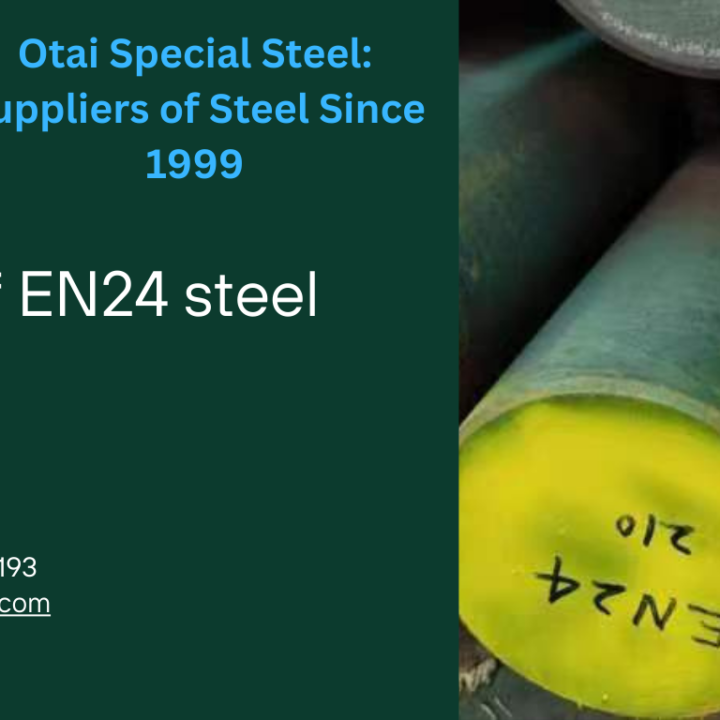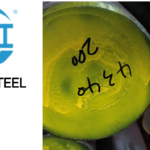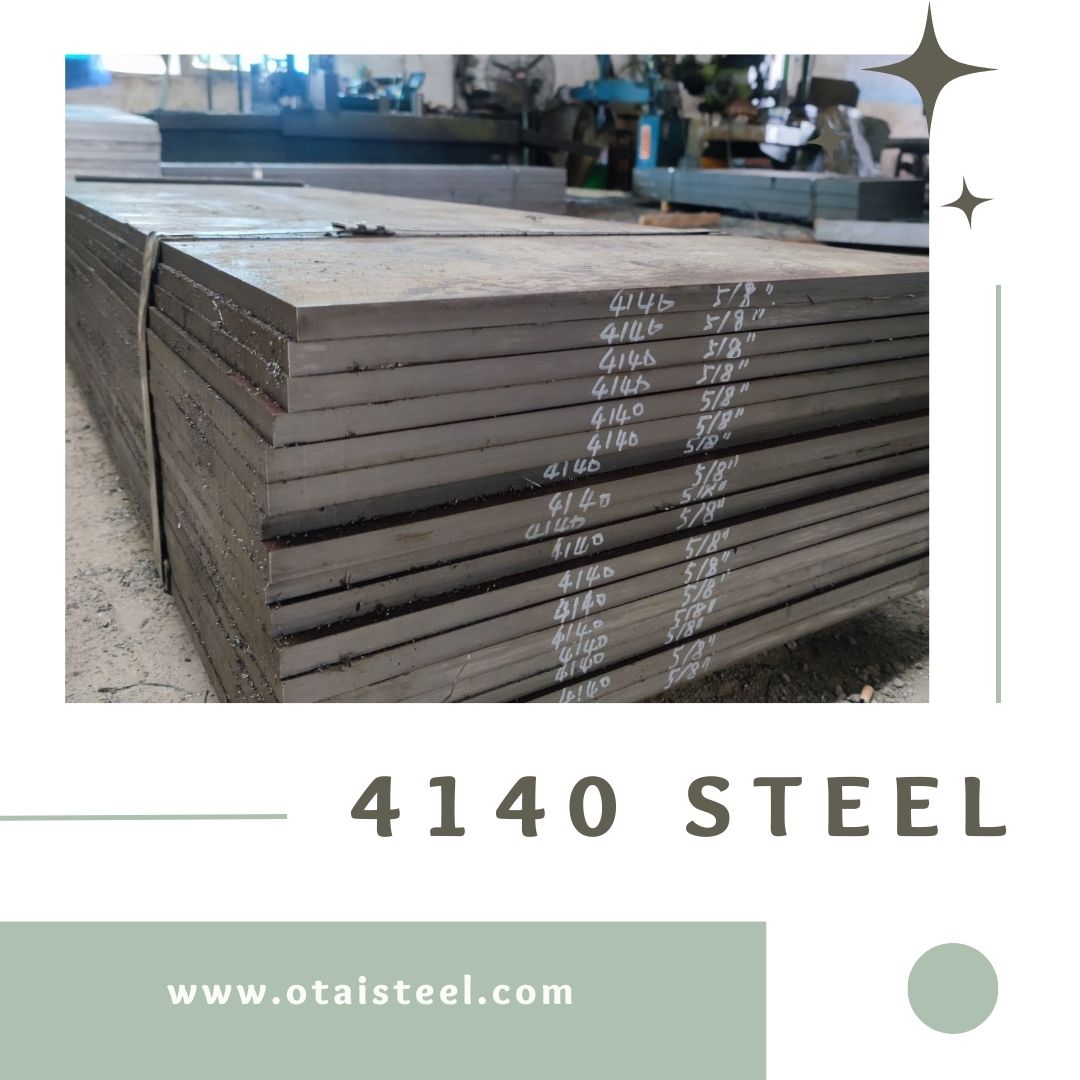 4140 steel is a low-alloy steel known for its exceptional strength and toughness. It contains a combination of chromium, molybdenum, and carbon, which contribute to its excellent mechanical properties. Due to its strength and versatility, 4140 steel is widely used in various industries, including automotive, aerospace, oil and gas, and manufacturing. It is commonly employed in the production of components such as axles, gears, shafts, and tooling. The demand for 4140 steel is substantial, and its price is influenced by several key factors.
4140 steel is a low-alloy steel known for its exceptional strength and toughness. It contains a combination of chromium, molybdenum, and carbon, which contribute to its excellent mechanical properties. Due to its strength and versatility, 4140 steel is widely used in various industries, including automotive, aerospace, oil and gas, and manufacturing. It is commonly employed in the production of components such as axles, gears, shafts, and tooling. The demand for 4140 steel is substantial, and its price is influenced by several key factors.
Key Factors Affecting 4140 Steel Prices
Raw Material Costs
The price of 4140 steel is closely tied to the cost of its raw materials. The primary components, including chromium, molybdenum, and carbon, are subject to market fluctuations. Any changes in the prices of these materials can significantly impact the cost of producing 4140 steel.
Market Demand
The demand for 4140 steel plays a crucial role in determining its price. Industries that rely on this steel alloy, such as automotive and construction, can affect the overall market demand. For instance, when the construction industry is booming, the demand for 4140 steel for construction equipment and tools tends to increase, potentially driving up prices.
Global Economic Conditions
The state of the global economy can have a substantial impact on steel prices, including those of 4140 steel. Economic downturns may lead to reduced industrial activity, causing a decrease in steel demand and subsequently lower prices. Conversely, economic growth can stimulate demand and drive prices higher.
Manufacturing and Labor Costs
The cost of manufacturing and labor in the steel industry is another influential factor. Changes in labor wages, energy costs, and other operational expenses can directly affect the overall production costs, which may be passed on to consumers through higher steel prices.
Currency Exchange Rates
For international buyers and sellers of 4140 steel, exchange rates play a crucial role. Fluctuations in currency values can impact the competitiveness of steel prices in the global market. A stronger domestic currency can make exports more expensive, potentially leading to lower demand and prices.
Government Policies and Regulations
Government policies, trade tariffs, and regulations can also have a significant impact on steel prices. For instance, trade restrictions or tariffs imposed on steel imports can influence domestic prices by limiting competition.
Global Events and Natural Disasters
Unexpected events, such as natural disasters or geopolitical crises, can disrupt the global supply chain and affect steel prices. These events can lead to supply shortages or transportation difficulties, causing price spikes.
Quality and Certification
The quality and certifications of 4140 steel can affect its price. Steel that meets higher industry standards or has specific certifications may command a premium price due to its enhanced properties and reliability.
The Fluctuation of 4140 Steel Prices
Due to the numerous factors that influence 4140 steel prices, they are subject to fluctuations over time. Buyers and manufacturers of this steel alloy must carefully monitor market conditions and make strategic decisions to ensure they obtain the best prices. It’s important to remember that while price fluctuations are common, 4140 steel remains a highly sought-after material due to its exceptional qualities.
Conclusion
4140 steel is a remarkable low-alloy steel that finds applications across various industries. Its prices are determined by a complex interplay of factors, including raw material costs, market demand, global economic conditions, manufacturing and labor costs, currency exchange rates, government policies, global events, and quality standards. Understanding these influences can help businesses and individuals make informed decisions about purchasing and utilizing 4140 steel.
